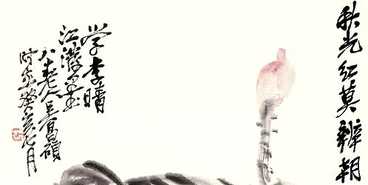
1. 使用绝对定位
使用绝对定位可以使CSS代码简单易懂,只需要在需要居中的文章元素上添加一个绝对定位的样式,如:
“`css
.parent {
position: relative;
.child {
position: absolute;
top: 50%;
transform: translateY(-50%);
在上面的代码中,.parent是父元素,.child是子元素,使用top: 50%;transform: translateY(-50%);可以使子元素在父元素的顶部居中。
2. 使用伪元素
使用伪元素可以使CSS代码更加灵活,只需要在需要居中的文章元素上添加一个伪元素,并设置其居中的样式,如:
“`css
.parent {
position: relative;
.child {
display: inline-block;
position: absolute;
top: 50%;
transform: translateY(-50%);
在上面的代码中,.parent是父元素,.child是子元素,使用display: inline-block;可以使子元素为行内元素,使用position: absolute;可以使子元素在父元素的顶部居中。
3. 使用表格布局
使用表格布局可以使文章元素在父元素的顶部居中,只需要在父元素上添加一个表格样式,并将需要居中的文章元素添加一个表格单元格,如:
“`css
.parent {
position: relative;
.child {
display: table;
position: absolute;
top: 50%;
transform: translateY(-50%);
.child:nth-child(1) {
background-color: #f00;
.child:nth-child(2) {
background-color: #0f0;
.child:nth-child(3) {
background-color: #00f;
.child:nth-child(4) {
background-color: #f00;
.child:nth-child(5) {
background-color: #0f0;
.child:nth-child(6) {
background-color: #00f;
在上面的代码中,.parent是父元素,.child是子元素,使用display: table;可以使子元素为表格元素,使用position: absolute;可以使子元素在父元素的顶部居中,使用top: 50%;transform: translateY(-50%);可以使父元素和子元素在表格中对齐。
以上是三种常用的CSS文章居中方法,可以根据自己的需要选择其中一种或多种方法来实现文章居中的效果。